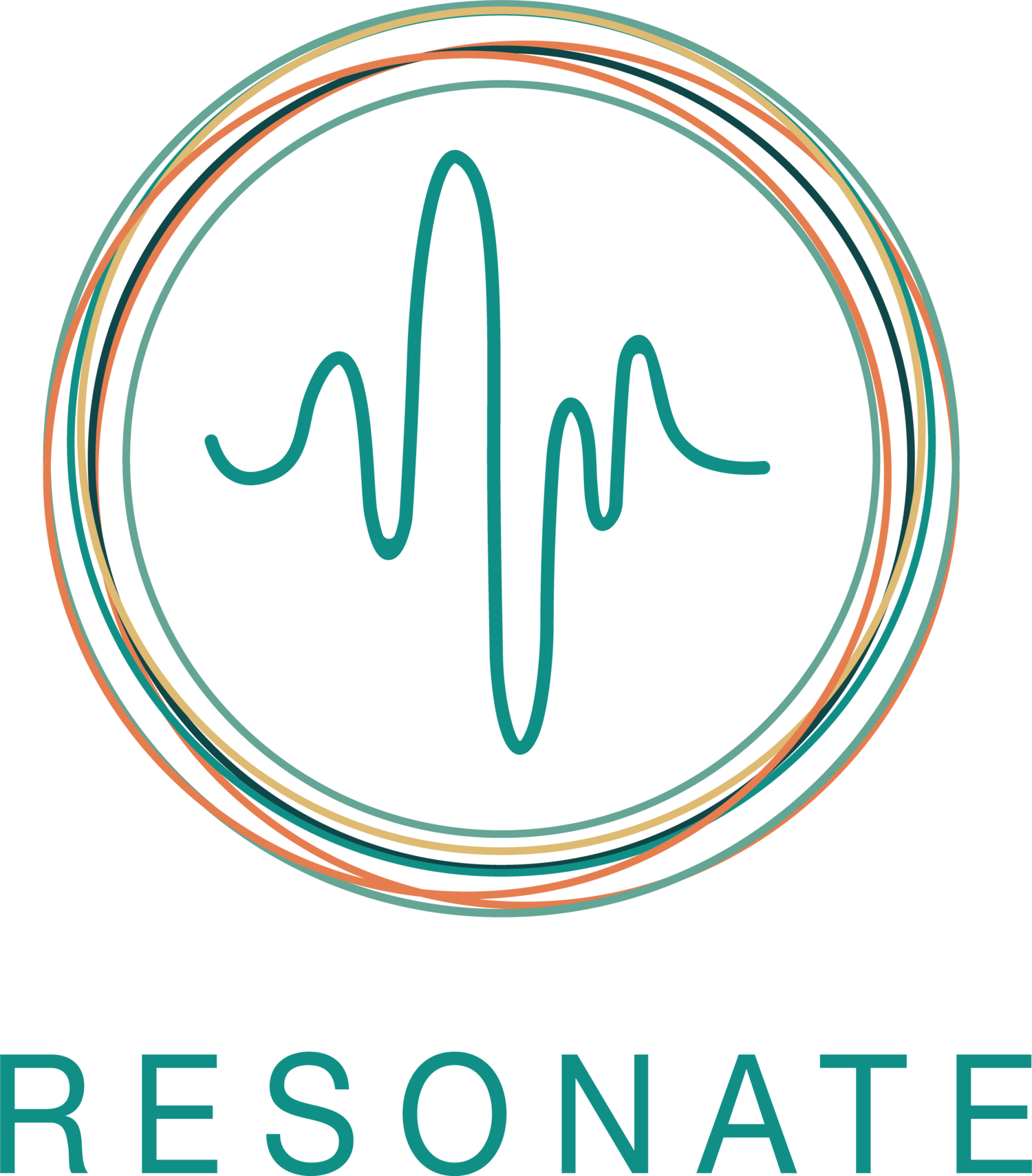What is the Bass Clef?
The bass clef, also known as the F clef, is one of the two primary clefs used in music notation, the other being the treble clef. It is used to indicate the pitch of low-range notes, typically played by instruments such as the cello, bass guitar, and bassoon.
The bass clef is shaped like a stylized letter "F", with the top loop encircling the line on which the note F is written. This line, known as the F line, is located below the center of the staff, which is the five horizontal lines used to write music.
The bass clef is used in conjunction with the treble clef, which is used to indicate the pitch of high-range notes, typically played by instruments such as the violin, flute, and trumpet. Together, the treble and bass clefs are used to write music for a wide range of instruments and voices.
When reading music written in the bass clef, it is important to remember that the notes on the lines and spaces correspond to the letters of the musical alphabet: G, B, D, F, and A. There are a few fun mnemonics that can help musicians quickly identify the notes written in the bass clef. “Good Boys Deserve Fudge Always” is a popular one.
In conclusion, the bass clef is a fundamental symbol in music notation, used to indicate the pitch of low-range notes. It is an important tool for musicians to read and play music correctly and effectively.
Understanding the bass clef and how it relates to the musical alphabet and the staff is a key part of learning to read music. Whether you play a low-range instrument such as the cello or bass guitar, or you are a singer, understanding the bass clef is essential to interpreting and performing music effectively.
If this feels like learning a foreign language, don’t get overwhelmed. Instead of learning about playing music online, you might enjoy in-person lessons. Resonate Music pairs new students with teachers who are trained in your instrument of choice.
Click here to learn more about music lessons in Colorado Springs.

